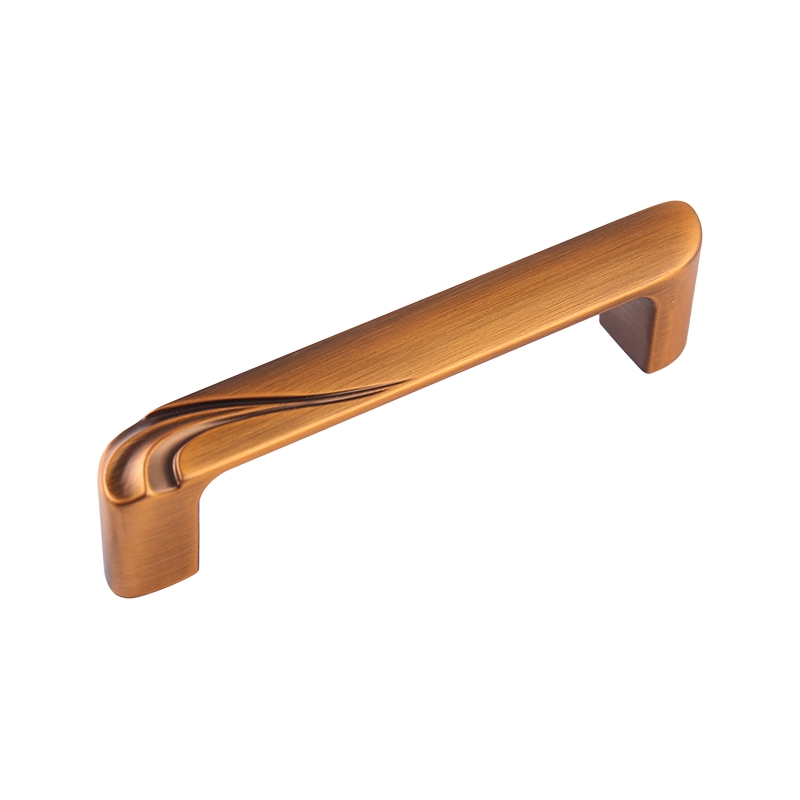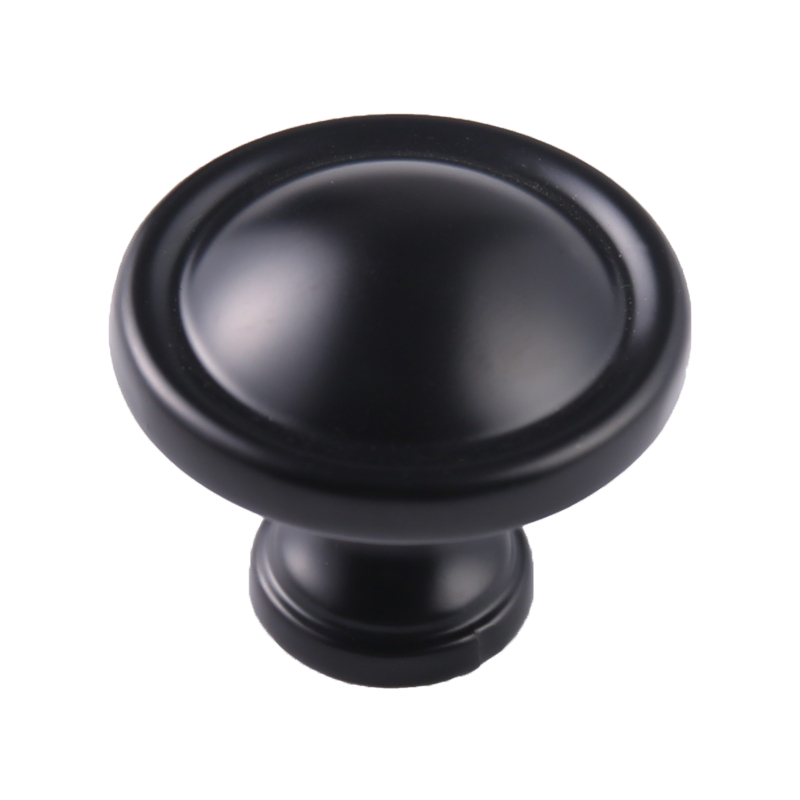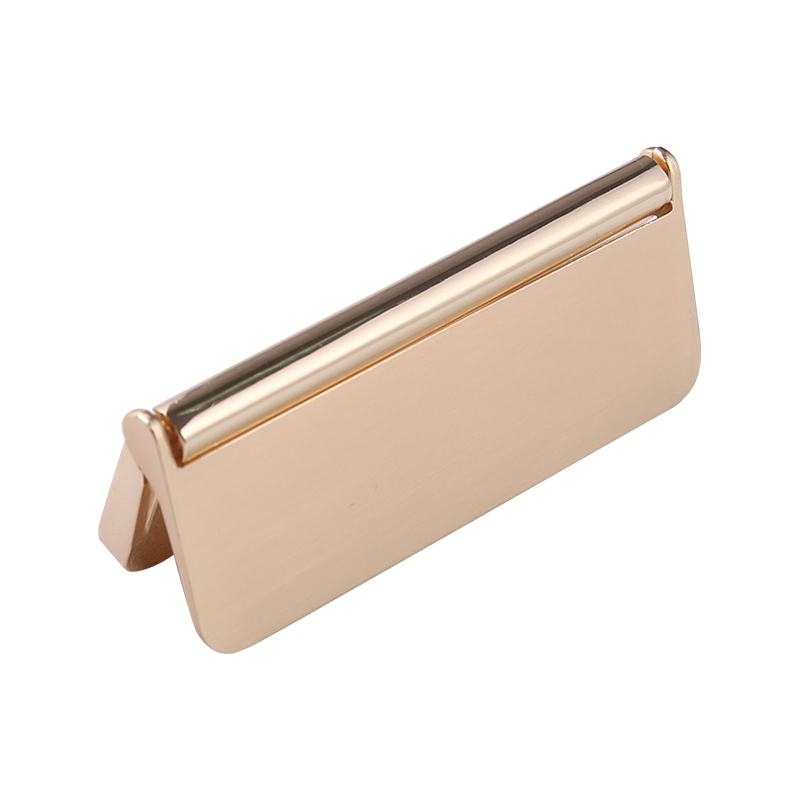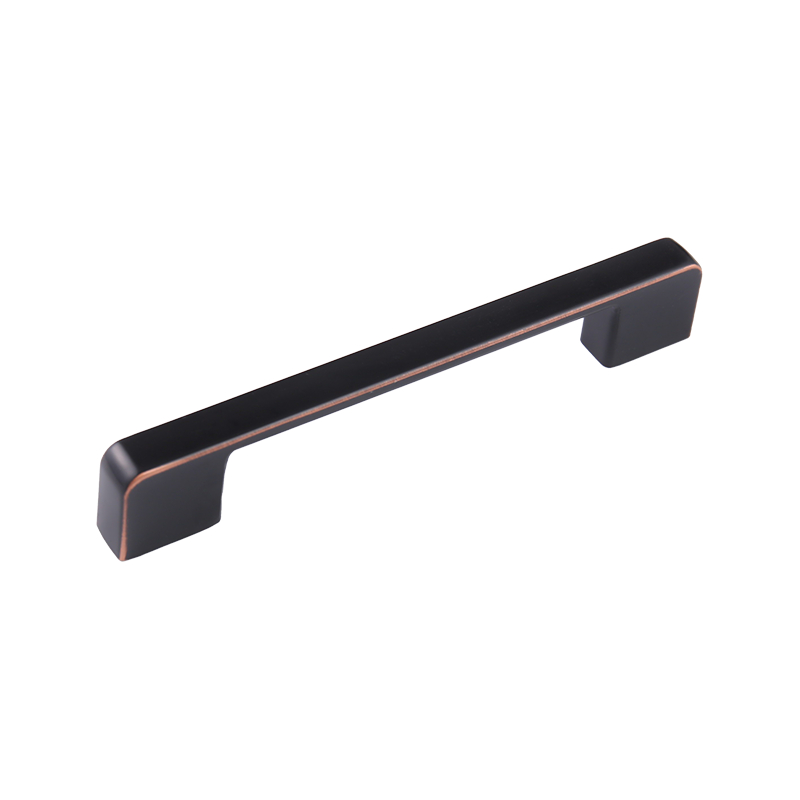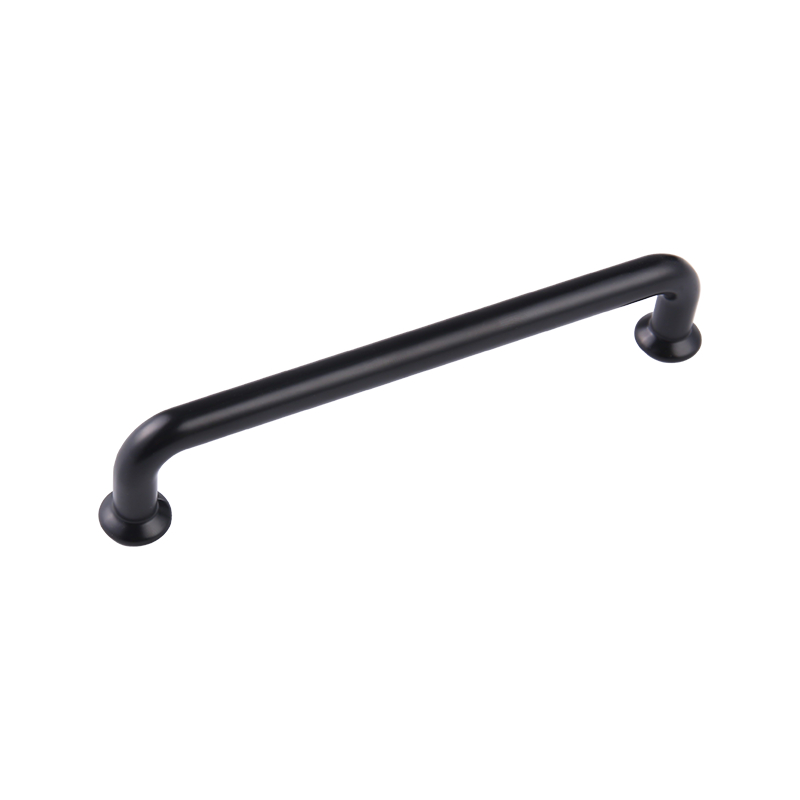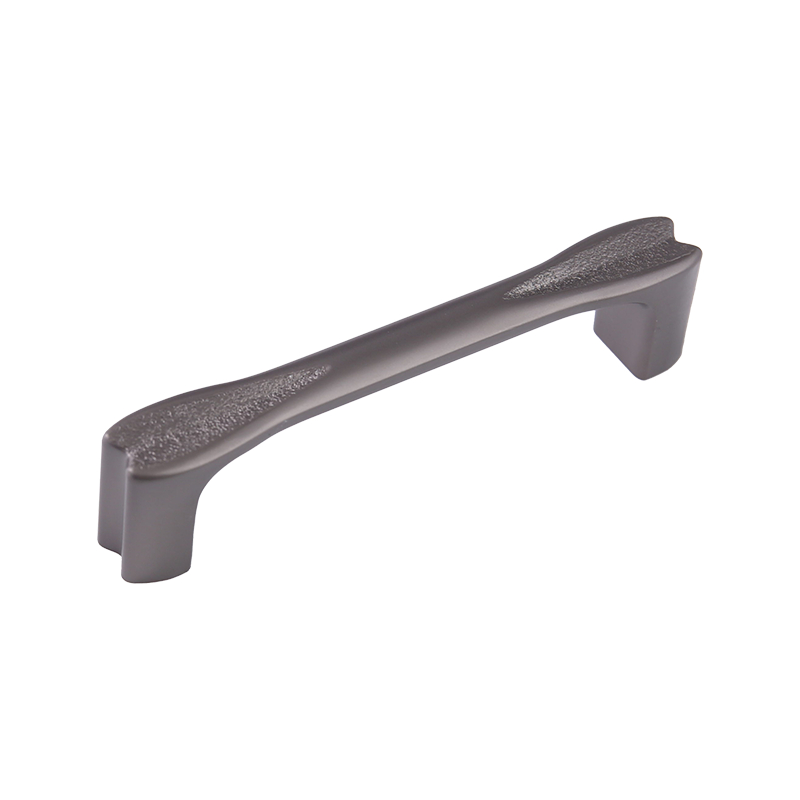As a professional hardware product manufacturing, R&D, design, and production enterprise, we are recognized as a pioneer in the hardware industry.
In modern home design, the kitchen has long transcended simple cooking functions, becoming a core area that embodies the spirit of family life and quality of life. However, the multitude of pots and pans, and the scattered ingredients and seasonings often leave this small space in a state of chaos. As the "invisible butler" of space management, the Kitchen Storage Rack, with its unique structural advantages, is redefining kitchen tidiness and efficiency. A well-designed storage rack not only solves storage challenges but also makes cooking a leisurely and enjoyable experience.
The Core Function of the Kitchen Storage Rack: From Storage to Space Optimization
The value of a Kitchen Storage Rack goes far beyond the superficial need of simply storing items. Its deeper meaning lies in improving overall kitchen efficiency through the strategic division of space, ensuring orderly placement of items. In the cooking scene, if commonly used pots, knives, and seasonings are arranged according to frequency of use and flow, the time spent retrieving them can be significantly reduced, making meal preparation a smooth and effortless process. From a space utilization perspective, storage racks are excellent at tapping into unused areas in the kitchen. Whether it's vertical wall space, the under-cabinet space, or the gap between the sink and stovetop, these areas can all be fully utilized with various types of storage racks. This three-dimensional storage method not only avoids the space squeezed by countertop clutter, but also gives each item its own dedicated "home," reducing time wasted searching for items.
High-quality storage racks also protect items. For example, a drain rack designed specifically for tableware accelerates evaporation through its clever hollow structure, reducing the risk of bacterial growth. A tiered spice rack prevents spills caused by bottles and cans tipping over, keeping the interior of the cabinet dry and clean. This attention to detail elevates storage racks from mere tools to a tool for improving kitchen hygiene standards.

Material Selection: Balancing Durability and Environmental Compatibility
The unique characteristics of the kitchen environment—high temperatures, humidity, and frequent oily stains—place stringent demands on the material of storage racks. Among the many materials available, metal is the mainstream choice due to its strength and corrosion resistance. Stainless steel, rust-resistant and easy to clean, is particularly suitable for areas near sinks or stoves. Aluminum alloy, on the other hand, is known for its lightweight and rust-resistant properties. With a plastic-sprayed finish, it effectively resists oil smoke and is ideal for prominent placement in open kitchens.
Wooden storage racks, with their natural, warm texture, bring a warm and inviting atmosphere to the kitchen. However, it's important to note that wooden racks used in the kitchen require special moisture-proofing treatments, such as varnishing or using preservative wood, to prevent deformation or mold from prolonged exposure to moisture. These materials are best suited for countertops away from water sources, storing dry goods or tableware, adding style while minimizing functional degradation.
Although plastic storage racks offer a price advantage, they have relatively limited load-bearing capacity and heat resistance, making them more suitable for storing lightweight items such as plastic wrap and cleaning cloths. When choosing, consider the environmental friendliness of the material, ensuring it releases no odors to avoid secondary contamination of food.
Design Cleverness: Adapting to Space and Usage
The primary principle in kitchen storage rack design is tailoring to the needs of the space. For small kitchens, wall-mounted racks are an ideal choice for saving floor space. By installing shelves or rods on the wall, commonly used tools like knives and spatulas can be hung for easy access while keeping the countertop free. For kitchens with ample space, consider floor-standing, multi-tiered racks to organize small appliances or spare cutlery, maximizing vertical space.
Tiered design is key to improving storage efficiency. Appropriate shelf spacing should be determined based on the height of the items being stored. For example, a shelf for seasoning bottles should have a height of 15-20 cm, while a shelf for pots and pans should have a height of at least 30 cm to avoid inconvenience. Some racks also offer adjustable shelf heights to accommodate different storage needs, demonstrating their flexibility.
Humanistic details are also essential. For example, adding guards to the edges of shelves prevents items from sliding; installing universal wheels on the bottom of the shelves allows for easy relocation according to needs; and side shelves with hooks provide additional storage for small items like spoons and dishcloths, maximizing space utilization. These seemingly minor features can significantly enhance convenience in daily use, transforming storage from a passive process to an active adaptation to lifestyle habits.

Cleaning and Maintenance: The Key to Extending Lifespan
Kitchen storage shelves require a tailored cleaning method tailored to their material characteristics. Stainless steel or aluminum shelves can be wiped with a soft cloth dampened in a neutral detergent, then rinsed with clean water and wiped dry to prevent stubborn stains from residual detergent and cooking fumes. Wooden shelves should be avoided from direct water washing. Instead, gently wipe with a slightly damp cloth and pat dry with a dry cloth to prevent moisture from getting into the wood. Plastic shelves can be rinsed directly with clean water, but avoid using hard tools like steel wool to avoid scratching the surface.
Regular maintenance can effectively extend the shelf life. For metal racks, wipe the joints with a dry cloth dipped in a small amount of rust-proof oil quarterly to prevent rust from affecting the screws' stability. Wooden racks should be repainted with moisture-proof paint annually to enhance their moisture resistance. Plastic racks should avoid prolonged exposure to high temperatures to prevent material aging and deformation.
Choosing and using a kitchen storage rack is essentially a rethinking of your living space. It's more than just a tool for reducing clutter; it's a reflection of your lifestyle. When every item has its place, and when cooking doesn't require searching through the clutter, the kitchen truly becomes a place of creativity and joy. The right storage rack can bring your space into harmony with your daily life, allowing you to enjoy meals, meals, and all seasons in a tidy and effortless manner.


 English
English русский
русский Español
Español عربى
عربى
